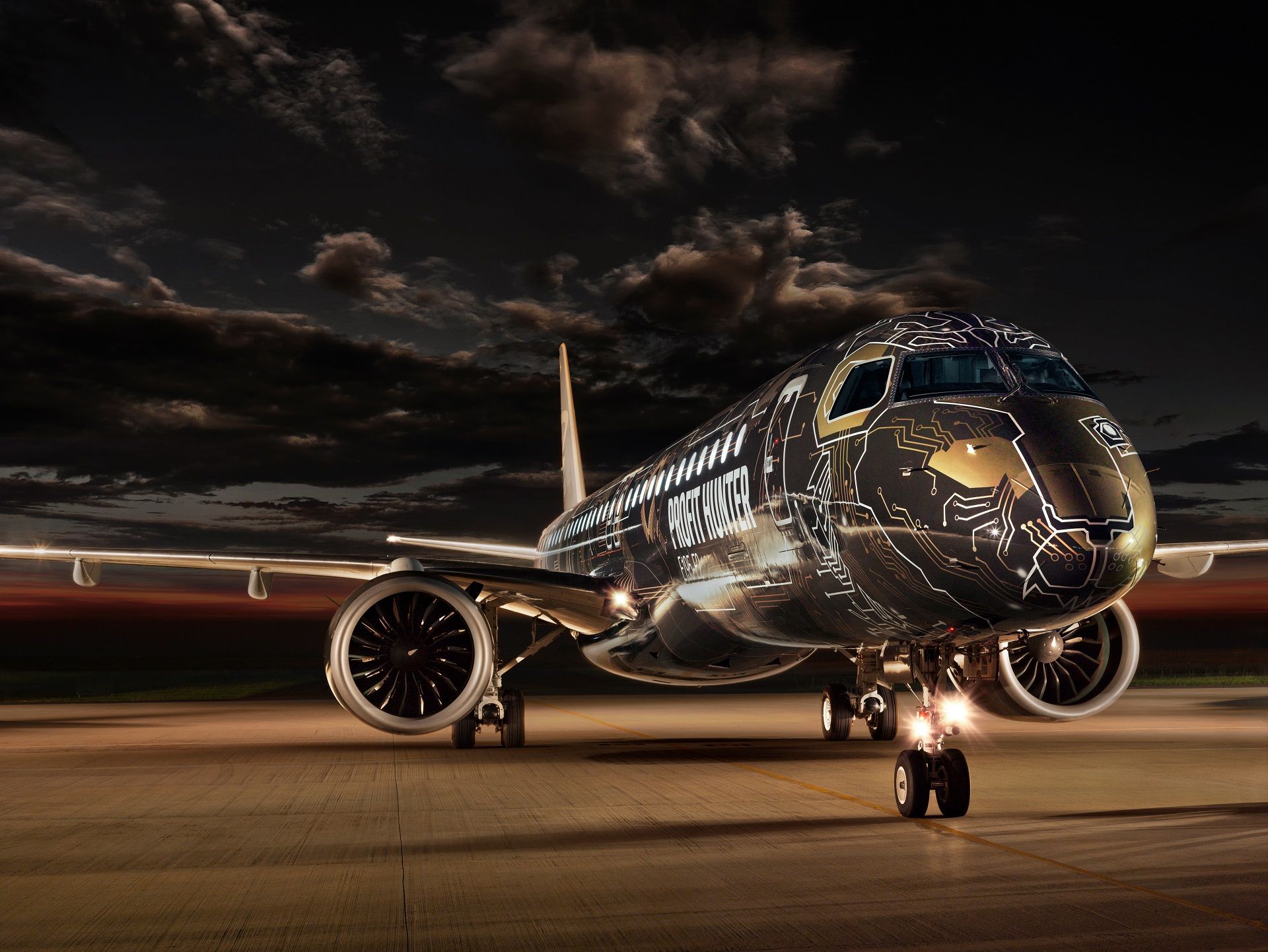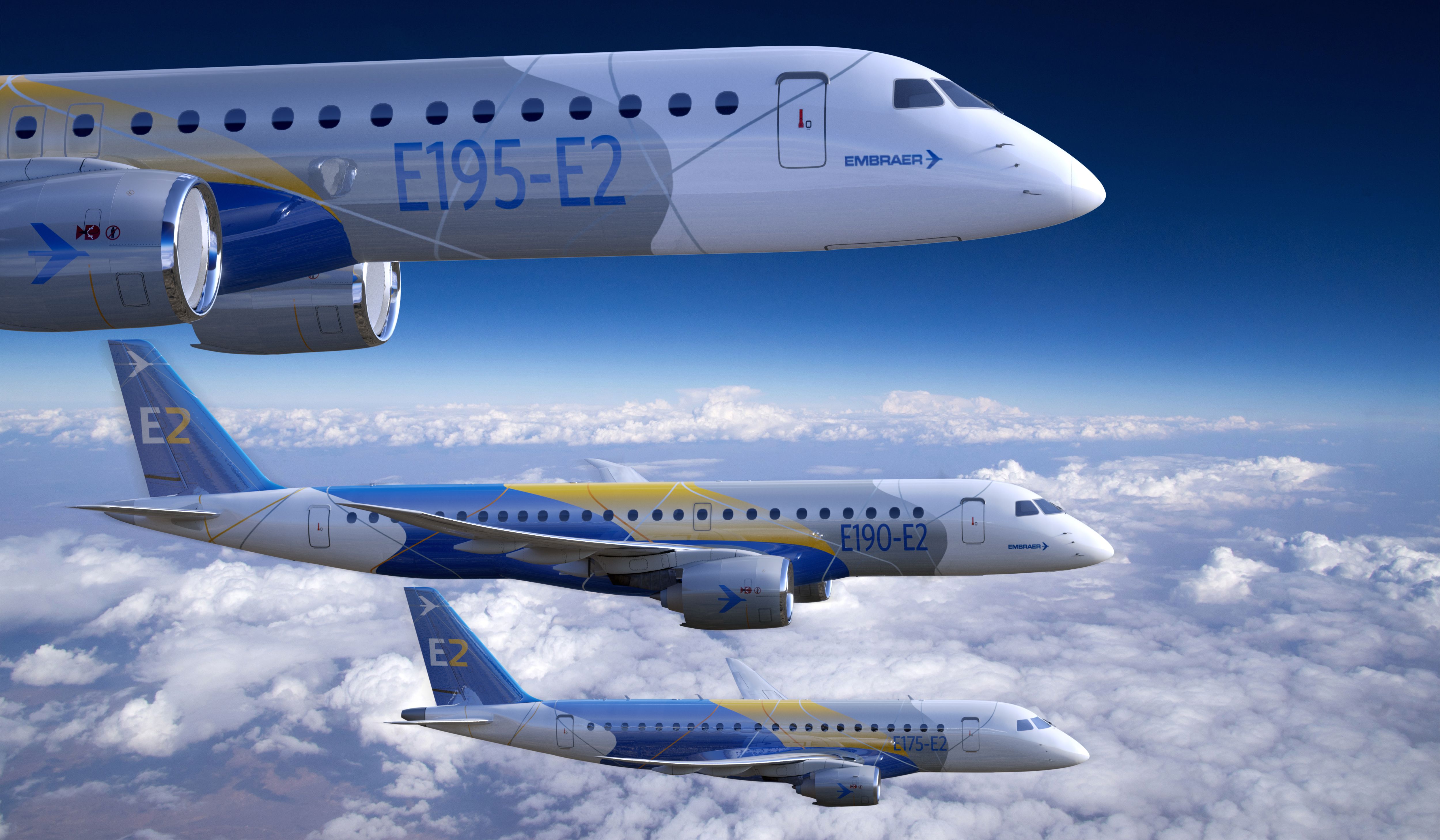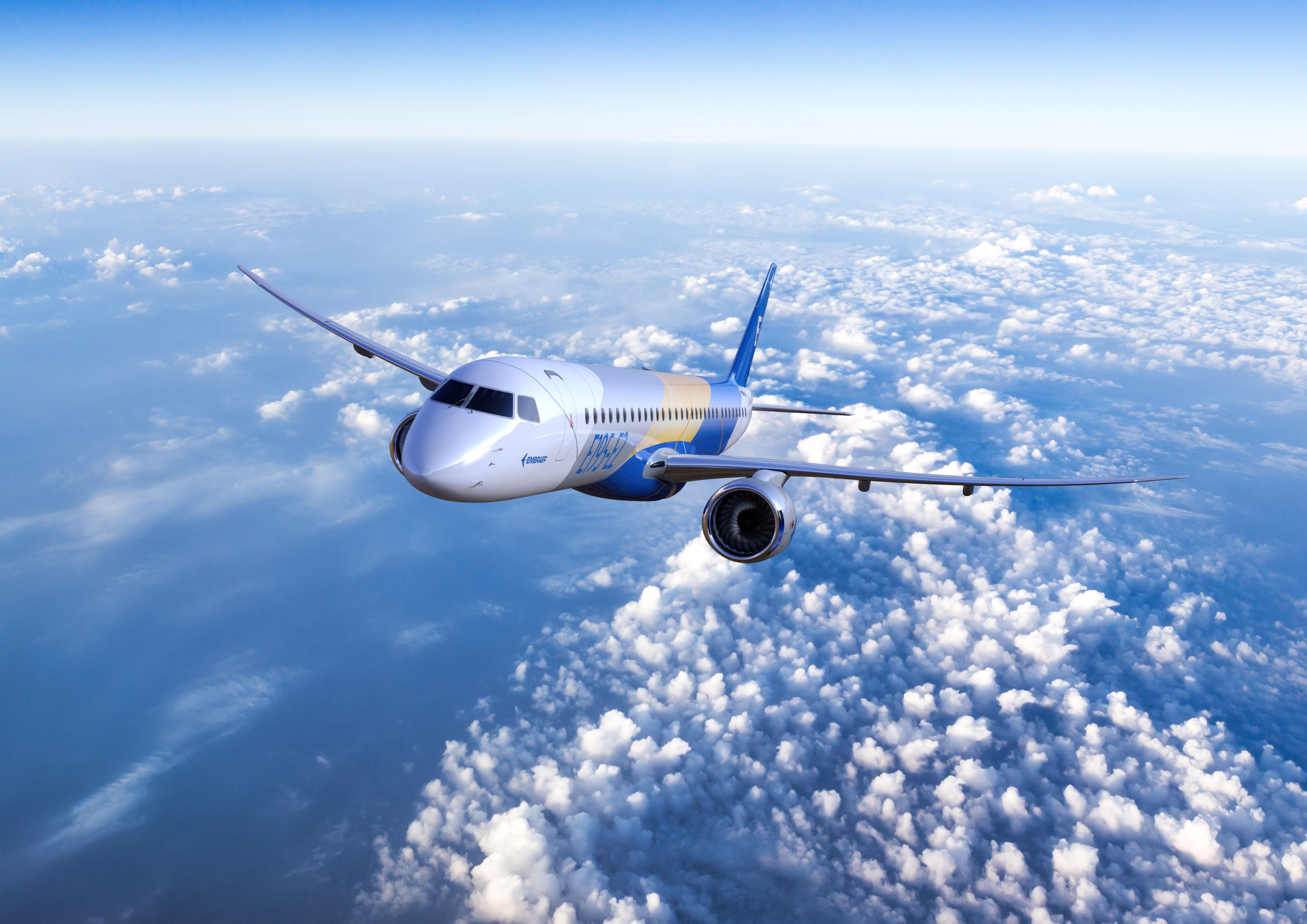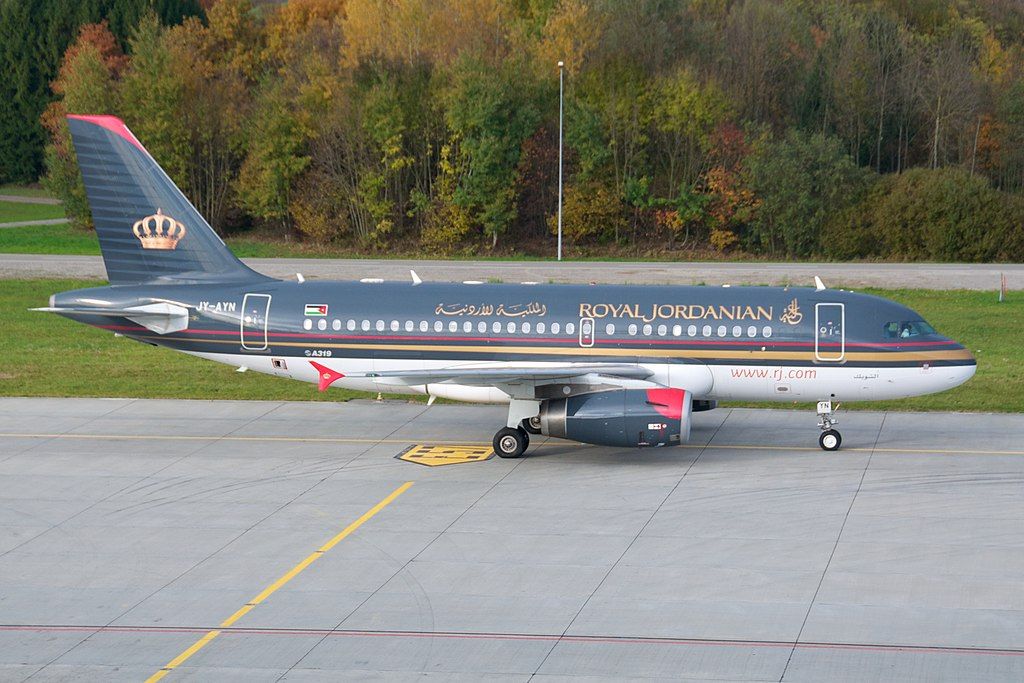Today, Royal Jordanian (RJ) signed a Memorandum of Understanding (MoU) to add two variants of Embraer's advanced E2-Family of aircraft to its fleet. Let's have a closer look at the details of the deal.
Royal Jordanian to invest in Embraer's newest jets
Royal Jordanian, the flag carrier of Jordan, has opted for the Brazilian manufacturer Embraer to modernize its short-haul, regional fleet. The agreement was signed by Royal Jordanian Vice Chairman Samer Majali and Arjan Meijer, CEO of Embraer Commercial Aircraft, at the Istanbul Airshow.
According to the MoU, Royal Jordanian intends to add a total of ten new Embraer E2 jets to its regional fleet, split between the E190-E2 and E195-E2. Royal Jordanian is not a new customer to Embraer; RJ has been operating two E-jets variants, the E190 and E175, for 15 years. Therefore, in choosing the same original type of aircraft, Royal Jordanian will benefit from significant cost savings in terms of pilot training, spare parts provisioning, crew scheduling, and maintenance costs.
The E2 jets bring about other perks for Royal Jordanian; first, the new regional jets deliver outstanding environmental performance, with a 25.4% better fuel efficiency per seat and 16% less fuel consumption than the previous generation E-jets currently operated by RJ. These two improvements translate into reduced operating costs which, coupled with an optimal range, make the aircraft ideal for an airline pursuing a fleet modernization and network expansion strategy.
The perks of the E2 jets
The E2 jets' sustainable technologies, excellent economics, and cabin comfort have lured the attention of several airlines around the world.
The new E2 cabin offers passengers an enhanced and relaxed experience, thanks to 40% larger overhead bins, wider aisle, mood lighting, and wireless connectivity. In the MoU, Royal Jordanian has opted for a two-class configuration: the business class, or Crown class, will seat 12 passengers and features the latest four abreast business class seats, with staggering 53 inches legroom and the provision of individual portable I-pads. The E190-E2 welcomes 80 passengers in the economy cabin, while the E195-E2's economy cabin has a capacity of 108 passengers. On both variants, the economy cabin is fitted with the new slimline seats in a four-abrest configuration, with no middle seat.
Commenting on the signing of the Memorandum of Understanding, Arjan Meijer, CEO of Embraer Commercial Aircraft, stated:
"The E2 family of advanced-generation E-Jets offer the quietest, lowest polluting, and most fuel-efficient aircraft in the under 150-seat market"
The E2 jets as a strategic tool for network expansion
This year's edition of the Istanbul Airshow was definitely a good one for Embraer. Besides the MoU signed with Royal Jordanian, the Brazilian regional aircraft manufacturer received a firm order for six, with purchase rights for as many E195-E2 jets from the Omani value-for-money carrier SalamAir (OV).
Both SalamAir and Royal Jordanian invested in this modern jet to pursue a bold network expansion strategy. SalamAir, a budget airline, chose the E195-E2 aircraft because of its fuel efficiency and enhanced capacity, allowing the carrier to open new routes to local and regional airports and increase frequencies to these destinations. Notably, Mohammed Ahmed, the carrier's CEO, stated the airline plans to deploy the aircraft on local routes initially; subsequently, when more E195-E2 are delivered, SalamAir will fly to regional destinations in neighboring countries currently not connected to Oman.
However, SalamAir and Royal Jordanian operate two different business models. Indeed, Royal Jordanian is a network carrier whose operations are focused on a hub airport, Amman Queen Alia International (AMM). Consequently, the airline plans to leverage the new regional jets to increase frequencies to destinations within a two-hour reach from Amman and open new regional routes. Increased frequencies and network expansion will be financially viable thanks to the optimal economics of the aircraft. By serving thinner, regional routes with efficient and modern aircraft, Royal Jordanian aims to increase traffic to its hub to feed its international operations.
Royal Jordanian's big future expansion plans
The Memorandum of Understanding signed with Embraer is the latest proof that Royal Jordanian is embarked on a path of expansion.
Roughly a year ago, Royal Jordanian published a bold five-year growth plan envisaging fleet and network expansion. Remarkably, the airline was looking to modernize the fleet, investing in fuel-efficient aircraft whose enhanced economics would enable the carrier to support the network expansion plans.
According to ch-aviation, Royal Jordanian currently operates a fleet of 25 aircraft with an average age of 15.1 years. With today's MoU, RJ has made a choice regarding the modernization of its regional fleet, putting aside the possibility of welcoming the Airbus A220 into the fleet. For the short/medium-haul, the carrier is reportedly looking into the Airbus A320neo or Boeing 737 MAX. However, no commitment has been made yet. As far as the long-haul market is concerned, Royal Jordanian already operates a young fleet of Boeing B787-8, and the carrier is waiting for another two to join the fleet.
According to the expansion plan, Royal Jordanian aims to add approximately 21 aircraft to its current fleet, which should support the opening of 30 to 40 new routes from Amman Queen Alia International. As far as the network strategy is concerned, the carrier aims to elevate Amman to the preferred gateway to the Levant region, which includes Jordan, Israel, Syria, and Lebanon.
Simple Flying reached out to Royal Jordanian for further comment. We will update the article with any additional announcements from the airline.
Do you think Royal Jordanian made the right choice in investing in the E2 jets rather than the Airbus A220? Let us know in the comments below!




_@_DXB_June_2019.jpg)
